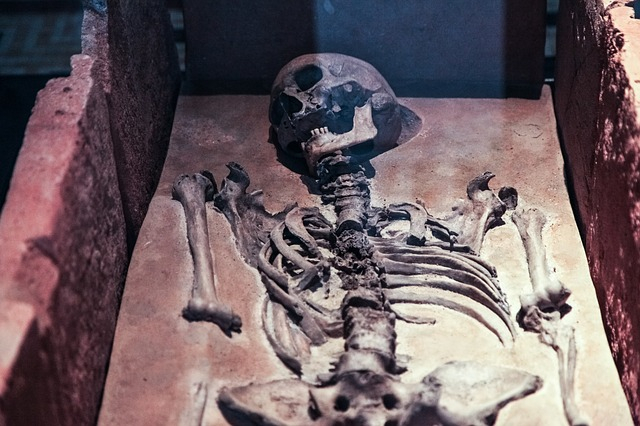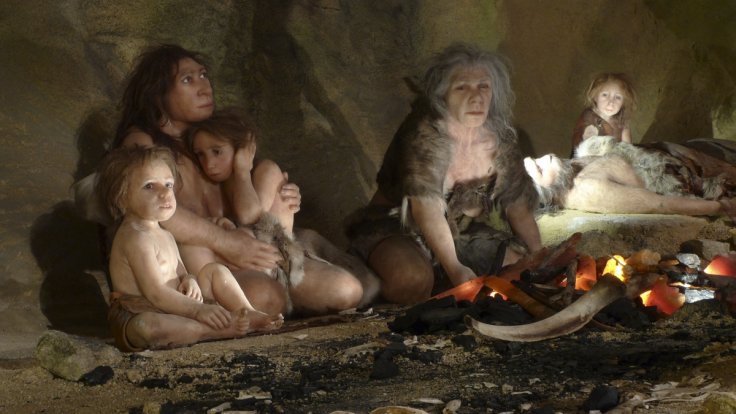Over seven billion people who are the current residents of the world have come from different ancient populations. As per Toba catastrophe theory, early genetic evidence suggested that humans may have gone through population congestion, between 1,000 and 10,000 people about 70,000 BC.
However, recently scientists found a mysterious population of ancient people who used to live in West Africa almost half a million years ago. As per the recent study, the researchers revealed that the genes of this "ghost population" are still noticeable in modern people.
The genome examination
Scientists who examined the genomes of the West Africans found signs that the extinct human species interbred with our own species tens of thousands of years ago in Africa which is the latest evidence of humankind's complicated genetic ancestry.
As per the new study, published in the journal Science Advances, present-day West Africans trace a substantial proportion, around two to 19 percent, of their genetic ancestry to an extinct population, which was named as "ghost population." The lead researcher of the study, human genetics and computer science professor Sriram Sankararaman at University of California, Los Angeles (UCLA), "We estimate interbreeding occurred approximately 43,000 years ago, with large intervals of uncertainty."

DNA evidence in the modern population
As per early research, scientists found the existence of Neanderthal DNA in modern European populations and the Denisovan DNA in Oceanic populations. The UCLA researchers mentioned that while early studies have revealed the contribution from the deep lineages to the ancestry of present-day Africans, the nature of these adaptations remains unclear.
While earlier the genetic analysis showed our species interbred with both the Neanderthals and Denisovans, with the modern humans outside of Africa still carrying DNA from both the ancestors. Even though there are several fossil records of the Neanderthals and a few fossils of Denisovans, the newly identified population is more complicated.

Researchers used technology to find the answer
But the UCLA researchers tried to find the "ghost" of the hominin tribe by using computer modelling techniques on modern DNA. The team of researchers built genome-wide maps of archaic ancestry across four West African populations in countries like Nigeria, Sierra Leone and the Gambia.
It should be mentioned that the UCLA scientists compared 405 genomes of the West African population with Neanderthal and Denisovan genomes. They tried to find that whether there had been interbreeding among an unknown hominin whose ancestors cut off from the human family tree before Neanderthals or not.
Professor Joel D Irish, a bioarchaeologist at Liverpool John Moores University, told CNN that there were probably several different ancient human populations. In addition, he said, "I think at one time, there'd have been all sorts of populations, with genetics different enough to look a bit different. Everybody tends to mate with everybody. I think we're going to find more and more of these 'ghost' populations coming up."
It should be mentioned that in January 2020, researchers from Princeton's Lewis-Sigler Institute for Integrative Genomics said that they have found Neanderthal ancestry in Africans for the first time. As per their data, a huge chunk of modern humans left Africa for Europe about 200,000 years ago and interbred with Neanderthals, before they migrated again to the African continent.









